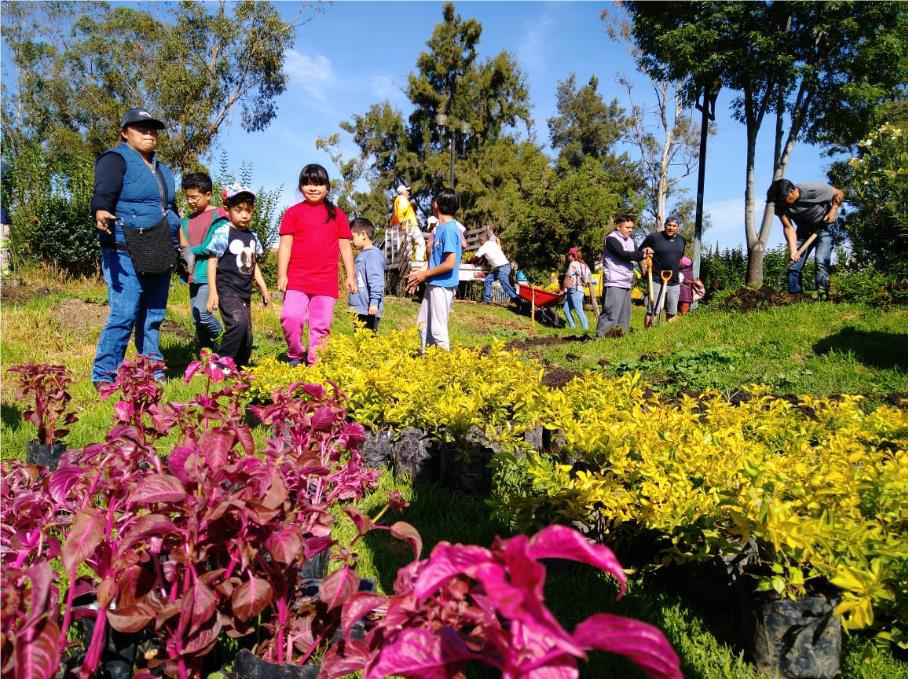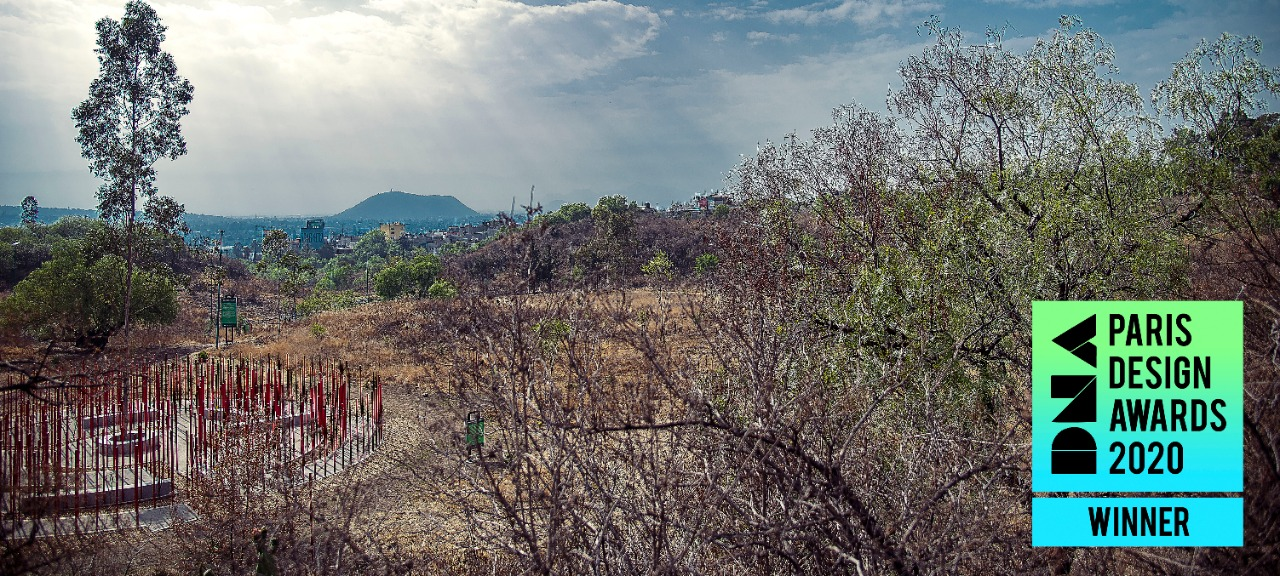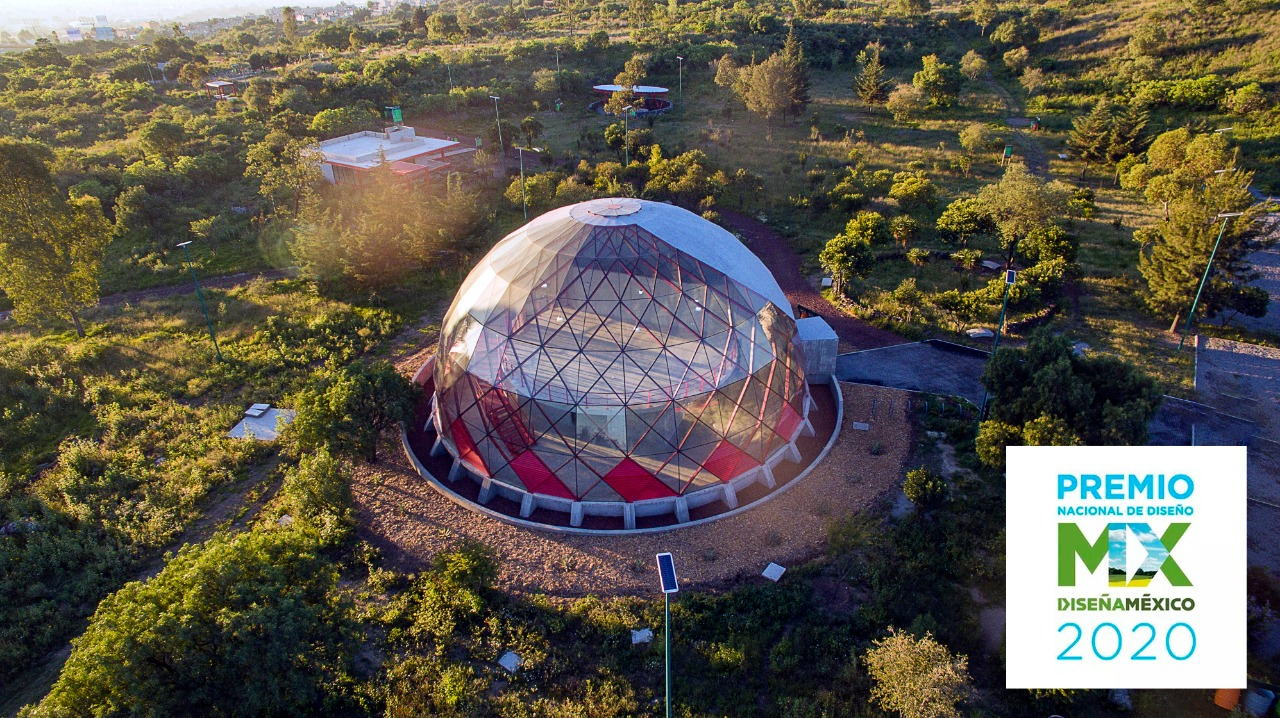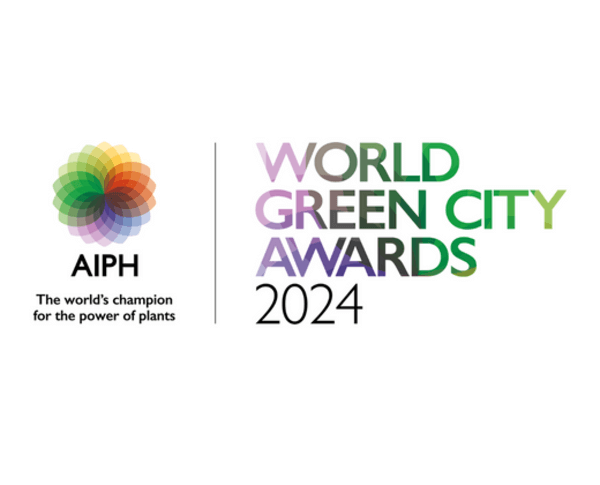City
Mexico City
Main actors
Local Government, City Government, Private Sector, NGO / Philanthropy, Community / Citizen Group, Research Institutes / Universities
Project area
Whole City/Administrative Region
Duration
Ongoing since 2019
A program that contributes to the mitigation and adaptation of climate change, risk management and the conservation of biodiversity and ecosystem services.
The Green Challenge is an initiative involving the mass planting of trees and other plants in urban and peri-urban areas. The objective is to improve the multiple ecosystem services of natural areas through reforestation actions. By making new green areas in the city, it encourages the social use of public space and other environmental benefits. These nature-based solutions are also contained in the local government´s strategies to address climate change and for the conservation and sustainable use of biodiversity.
The Green challenge set the goal of planting more than 15 million trees and others plants by the end of 2020; targeting streets, avenues, ridges, urban parks, protected natural areas (ANP in spanish) and the peri-urban region known as conservation land in the urban planning instruments.
AIPH World Green City Awards
This project was awarded the 'AIPH World Green City Awards' in 2022 in the following category: Living Green for Climate Change.
On Map
The Map will be displayed after accepting cookie policy




